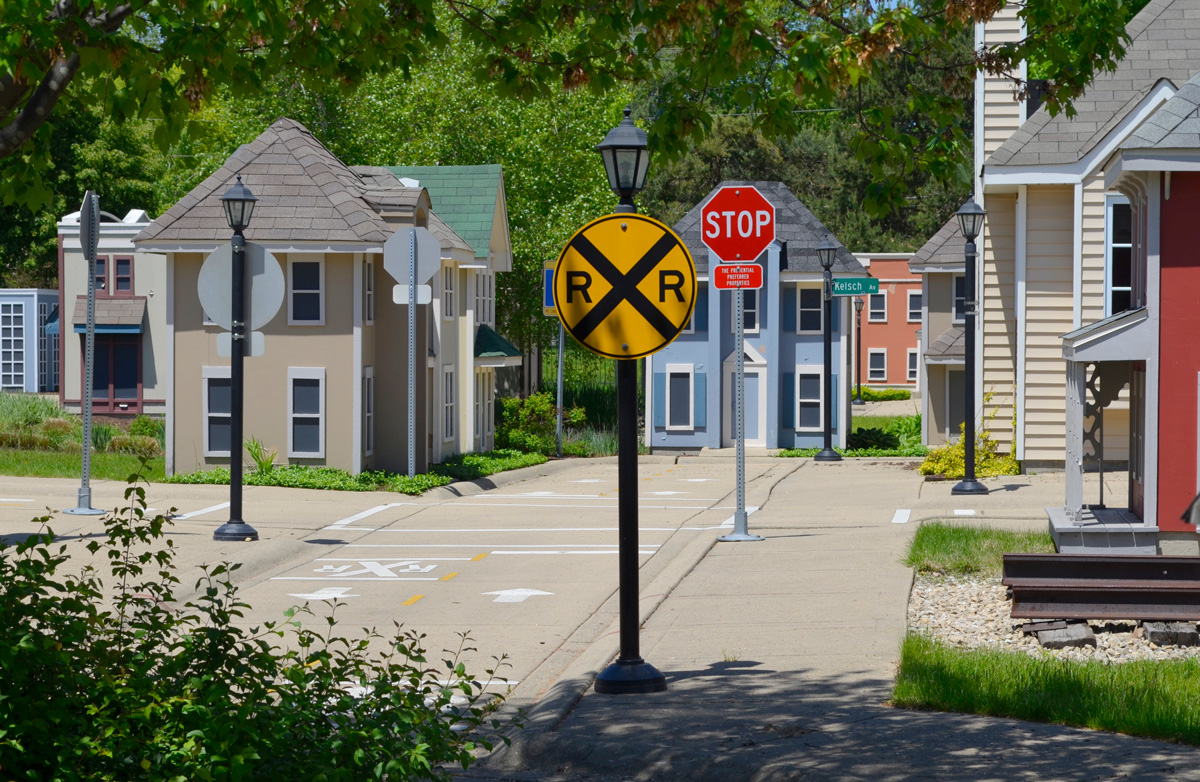The Charlestowne Mall is located in St. Charles, Il, includes about 30 acres of land and is a hair under 400,000 square feet. The property was built in 1991 and became an undeniable loser by the early 2000's. It was once a humming environment of retail commerce and a weekend hot spot. This mall was one of two of its kind in the immediate area. It put a smaller, less accessible location out of business. The St. Charles Mall was built in 1979 and closed in 1995. No competition for Charlestowne in these early days and everything was hunky-dory.Today it is a large building that produces heat in the winter and air conditioning in the summer. It has three anchor tenants that got stuck in long leases; Kohl's, Carson's and Von Maur. There is an eighteen screen movie theater that is actually quite nice. Food; there is one gentleman who sells funnel cakes at the bottom of the non-running escalator. I assume he takes his act on the road in Summer. Think Carnivals.
Why did this happen?
1. Competition
2. A better product for the market
In September 2002, a developer saw weakness in the Charlestowne mall and delivered a swift punch that almost knocked it over. He built a leaner version of the senior mall that didn't require heating and cooling hundreds of thousands of square feet, didn't require security guards and didn't require as many employees to maintain it. The location was on a higher traffic road, an artery leading to a major highway, I88.It was named the Geneva Commons and he built an almost identical one 20 miles North in Algonquin. The size was similar to the former mall at 418,000 SF and was conveniently located 5.0 miles away from Charlestowne. The pricing was better, the location was better and everything was brand new. Retailers flocked and the project was a success...for two years.
Enter Simon Property Group. The 10,000 pound gorilla in the mall world with somewhere in the neighborhood of n 240mm leasable SF (600 Charlestownes). In May 2004, they broke ground on the Chicago Premium Outlets (located in Aurora). Their plans slated 438,000 square feet and was located in the most accessible location, on top of an on/off ramp for I88. To the east they have a nearly 200,000 population in Aurora and 9.4 miles away they had the Charlemmons gang. Close enough to scoop up their market. Soon after opening the Outlet mall, the once booming C Towne mall was knocked out old and would not be getting up. In Fall of 2013 the Geneva Commons were slapped with a foreclosure suit. Four months later, the sister property in Algonquin followed.
The Premium Outlets that Simon built were not as spectacular as the Commons but it did not matter. Construction costs were less which trickles down to the tenant. Fast forward through several successful years at the highly occupied outlet mall and it has been announced that they are adding an additional 290k square feet with 50 more stores tacked onto the already 120. There were 113 of these outlet malls in 1988. That number, today, is around 500. It seems the best mall has been built, for now.
Charlestowne Mall has switched hands a couple times and is currently owned by a California based investment company, which acquired it in late 2013. They have grandiose plans which were reflected in a drawing and statement that called for total revitalization of the property and a tentatively approved $20mm tax break from the City. My guess is that it will never happen. There were fences put up and some dirt moved around almost 2 years ago and nothing since has happened. The new ownership may have smartened up and realized that this play is a loser and there is too much competition. Why would any retailer leave the highway and outlet mall to go to St. Charles? They are not going to risk tens of millions of dollars without sound principles. If they do, it will end badly. The only use that works here is gaming (casino), OTB, etc. It is large enough, the closest competition is in Elgin and Aurora. The building has the right bones to be better than both but is lacking a river which is required by the state for a casino (an extremely outdated and funny law). They already got $20 mill from the city, why not ask for a gaming license?



"The depressing Easter Bunny"





